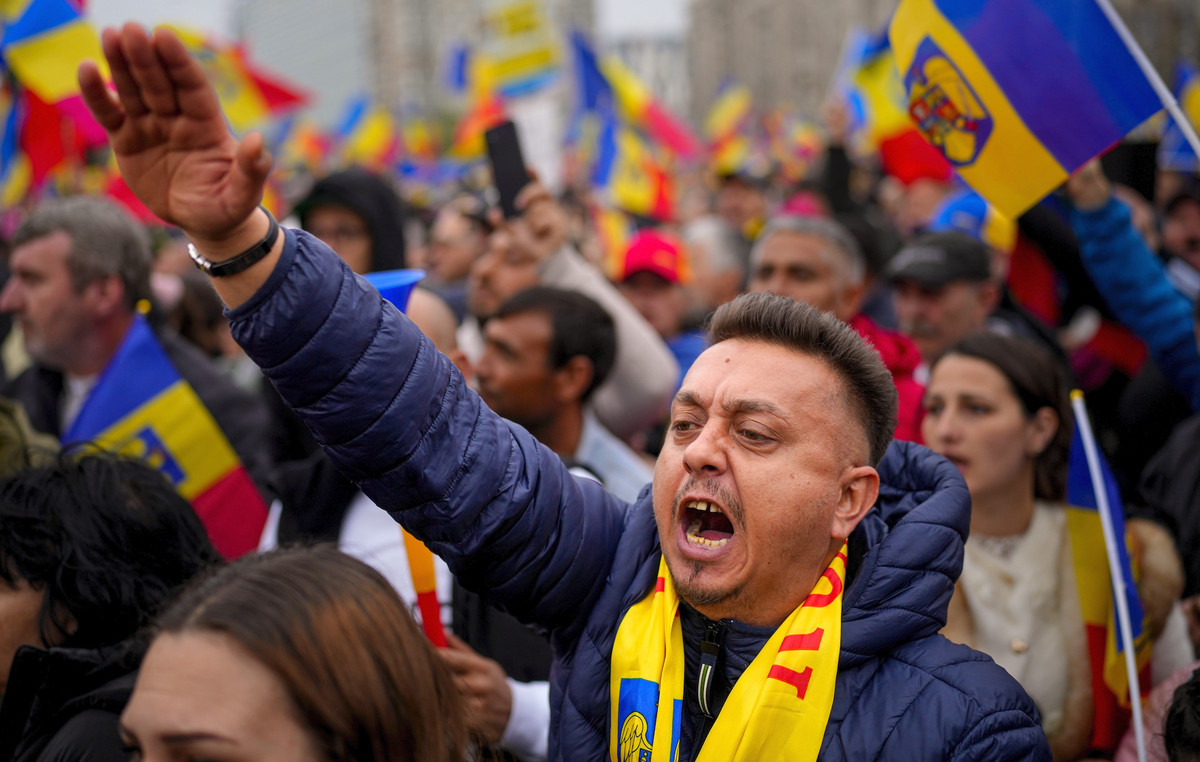Italians have a false perception of physical suffering in children. This is highlighted by an opinion poll conducted by AstraRicerche For Zambon Italyfrom which it emerged that 8 out of 10 Italians are unaware that children can feel the same pain as adultswhile more than 1 in 4 even think that suffering is exclusive to adults.
But not only that: while Italians underestimate the pain of children, from the quantitative survey – carried out in June 2023 through online interviews on 1,002 people, aged between 18 and 65 – almost 4 out of 10 adults complain of constant pain at least once a weekand in approximately 7 cases out of 10 it is a malaise so strong that it prevents you from carrying out the simplest daily activities such as working (45%), thinking (38%) and moving (34%).
In the face of what has therefore been defined as the “bua bias”, i.e. the prejudice about childhood suffering, Italian pediatricians launch an appeal to recognize and consciously manage the pain of the little ones, turning to experts and intervening if necessary with age-appropriate solutions. «Thinking that children don’t feel pain is a very widespread false perception. In fact, experience shows us that unfortunately even the littlest ones can feel as bad as the older ones”, he explains Gianvincenzo Zuccotti, Vice Rector for relations with health institutions of the State University of Milan and Director of the Department of Paediatrics of the Buzzi Children’s Hospital. «It is a pain that should not be underestimated on the one hand because children may have difficulty explaining the extent and type of their discomfort, on the other hand because adults, caught by surprise, can panic and act irrationally. In this sense, it is positive that, in the case of pediatric pain, the first move of Italians is to consult the pediatrician, but at the same time, if the situation requires it, it is advisable to be able to intervene with specific drugs suited to the age” .
The main causes of pain in children
Tiredness And little sleep (37%), too much time in front of TV and screens (25%), injuries during physical activity (24%) are considered the main causes of children’s pain. Furthermore, Italians also view smartphones (23%) and social media (18%) with suspicion
they consider it a source of pain almost exclusively for the little ones: Indeed, only a few adults
(10% and 8% respectively) they connect them to their own suffering.
How adults react
In Italian adults, the prevailing feeling when faced with pain complained of by a child is sorry (40%), but not infrequently they also take over anxiety And worry (38%). «When pain strikes adults, they immediately turn to a painkiller to obtain rapid relief and rarely consult their doctor; while when pain affects the little ones the first move is undoubtedly to call or chat with the pediatrician”, comments Zuccotti. «About 1 in 3 adults does it when the child is between 6 and 11 years old. It is a comforting choice, because the pediatrician is able to help the adult identify the possible cause of the discomfort, suggesting how to intervene depending on the individual case.”
Adults, who suffers most (and for what)
The survey also revealed an identikit of the adult most subject to pain: she is a woman, between 35 and 44 years old, lives with her partner and suffers from back pain in a medium-small city.
And if the Back pain is the most frequent ailment in our country – with 37% of compatriots forced to face it weekly – is the heachache the one that has the greatest impact on everyday life and prevents you from carrying out even the most normal activities (31%).
Stress (39%) e lack of sleep (34%) are considered the main culprits for Italians’ pain, but too much time spent in front of PC and tablet screens could also have an impact (26%).
The perception of pain
A stab at body and mind. Excruciating, sharp and intense like a stab. The pain is
experienced this way by almost 4 out of 10 Italians, particularly when you experience headaches, toothaches, and back pain. It is an all-round negative experience: on the one hand it affects the mind, causing nervousness (46%), stress and tension (40%), on the other it has repercussions on the body, fueling tiredness and weakness (45%). It is therefore about a notable impact which, however, others often minimize and do not recognize as truly disabling (37%).
Source: Vanity Fair
I’m Susan Karen, a professional writer and editor at World Stock Market. I specialize in Entertainment news, writing stories that keep readers informed on all the latest developments in the industry. With over five years of experience in creating engaging content and copywriting for various media outlets, I have grown to become an invaluable asset to any team.







